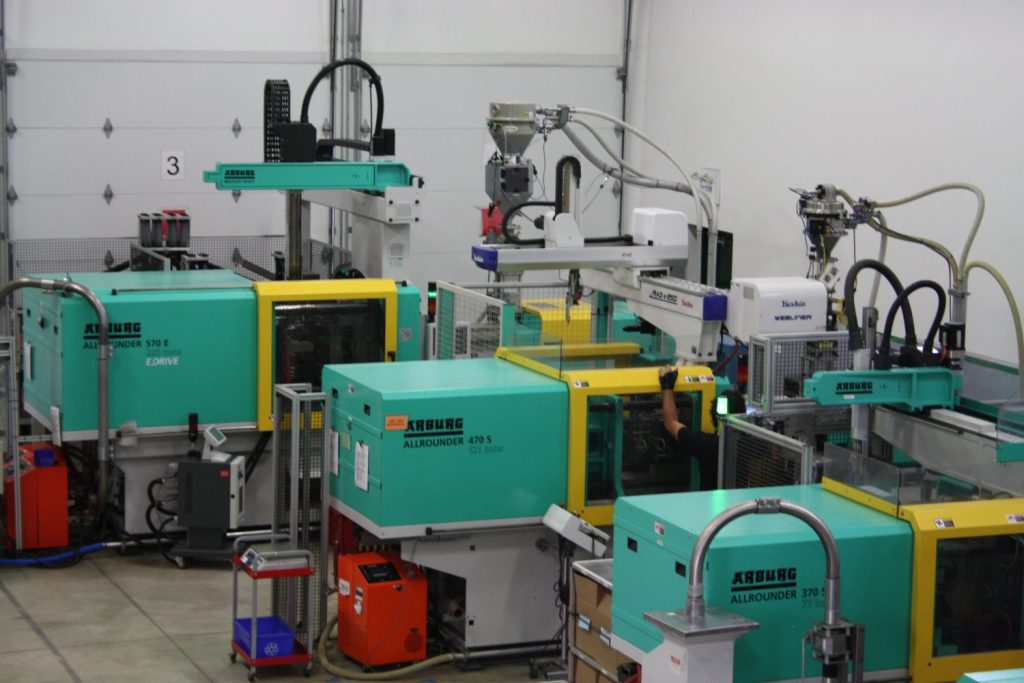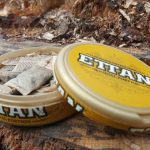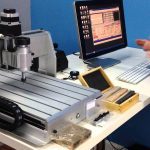PEEK is a high-performance engineering plastic with excellent comprehensive performance. It has good thermal stability, self-lubricity, and can be modified with fillers such as carbon fiber or glass fiber to increase strength or rigidity.
But injection molding PEEK parts with complex shape often suffer from various defects such as cold spots, silver streaks, pores, and weld lines. This article will discuss the causes of these problems and how to avoid them.
Temperature
PEEK (Polyether ether ketone) is one of the most versatile injection molding resins available. This resin can withstand high temperatures and has good resistance to hydrolysis, which makes it ideal for applications in the medical industry. In addition, it has increased tolerance to gamma radiation and sterilization treatment, which allows it to be used for products that need to be sterilized after production.
When PEEK is injected into the mold, it needs to be heated to the right temperature to ensure that it crystallizes properly. The cooling rate also has a significant impact on the mechanical properties of PEEK, and rapid cooling will result in a mixture of amorphous and crystalline areas.
It is also important to avoid contamination when processing PEEK, as this can cause the material to degrade. Therefore, it is essential to clean the drying ovens, hoppers and injection molders before using them to process PEEK. Any moisture gathered in these environments will become gaseous and affect the product’s performance.
Pressure
The high temperatures at which peek injection can be performed make it vulnerable to contamination. This is most often due to other polymers that degrade at those temperatures and cause black specks in the final product. Therefore, it is important to clean the hoppers and injection molders. It is also recommended to use dedicated equipment for regrind.
Peek polymer is usually supplied dry but can absorb moisture from the environment during storage. Moisture in the polymer can degrade to form gas during high temperature processing. This is a problem because it can cause silver streak near the gate. This can be avoided by drying the granules in a circulating oven before using them.
Among the many advantages of PEEK polyether ether ketone is its resistance to sterilization processes, including autoclaving. This makes it ideal for medical applications where tools or implants are used in a variety of environments. Its versatility and superior mechanical properties make it a popular choice for a wide range of industrial applications, from aerospace to electrical and electronic machinery.
Filler
Peek is a specialty plastic that is used in many applications requiring special strength and rigidity. It is usually used with other materials in injection molded components. These components are subjected to stress from mechanical loading, heat, and chemicals. Those properties make peek prone to fatigue and stress cracking if not properly handled.
A variety of fillers can be added to Peek during injection molding to improve properties. Glass and carbon fibers increase rigidity and strength. PTFE reduces friction and silicon dioxide increases surface hardness.
These fillers can also change the coefficient of thermal expansion of the injected material. This can cause dimensional changes in the resulting component, which must be compensated for with proper injection pressure and mold design. The resulting component must also be able to tolerate radiation used for sterilization in medical applications.
Cooling
PEEK is a very durable, high-strength plastic with good fatigue resistance. It can also be molded in its light-brown natural color, which has better mechanical properties than black-colored materials. It is a specialty plastic, and injection molding it requires special precautions.
It has a wide range of applications, including aerospace, automotive, electrical and electronic machinery and medical equipment. It can withstand sterilization processes such as autoclaving, making it ideal for reusable surgical and medical equipment.
Injection molding PEEK requires specialized processing temperatures. It is important to keep these temperatures consistent throughout the manufacturing process to prevent hot spots and warpage. It is also important to make sure the injection machine is free of contamination. This means cleaning the screw and barrel, and ensuring that all raw materials are dry. In addition, it is best to dedicate the injection machine to injection of PEEK and avoid using it for other types of plastics. Using PEEK for other applications will degrade the injection mold, and can cause dark specks in the final part.



